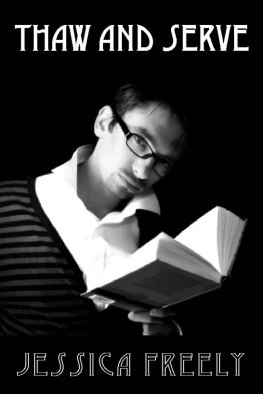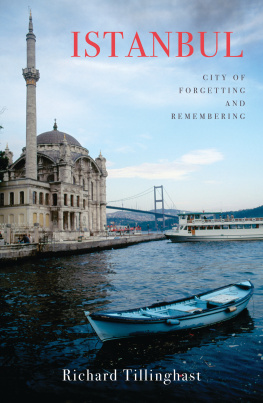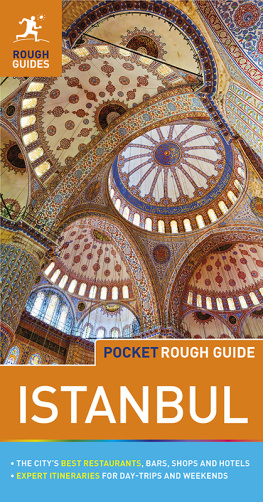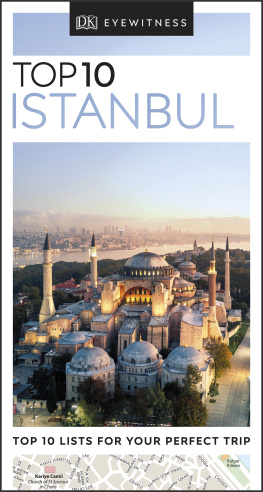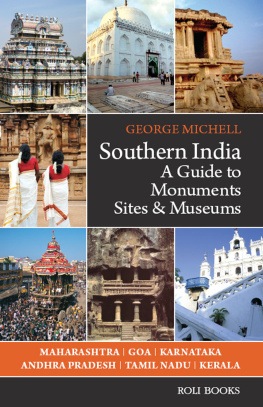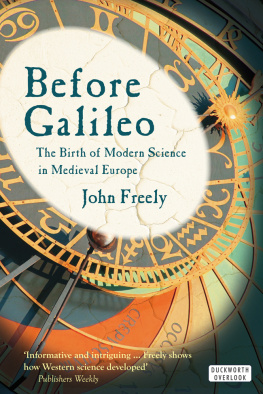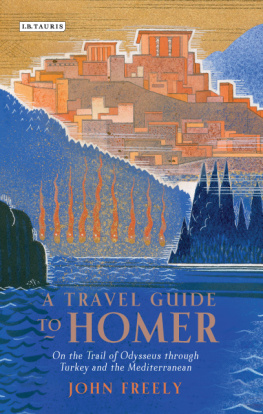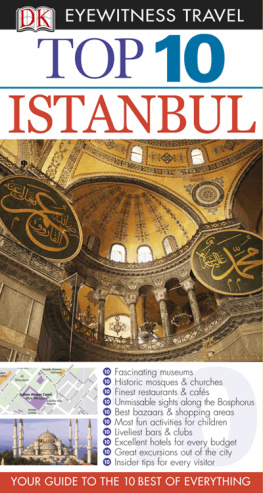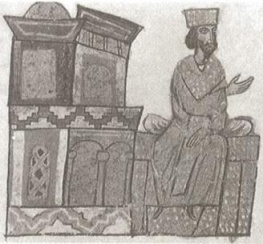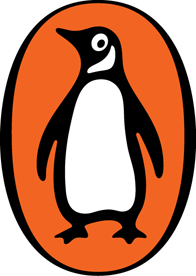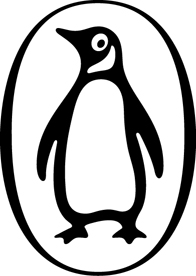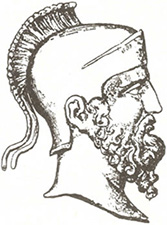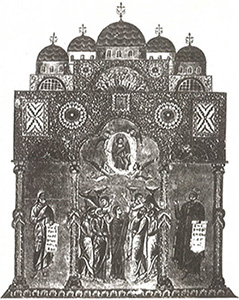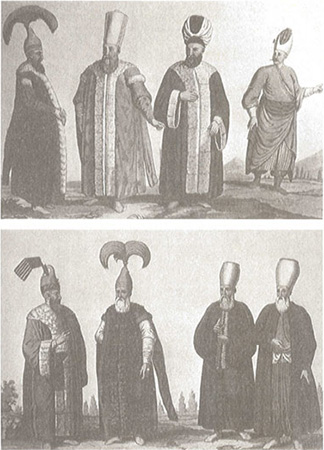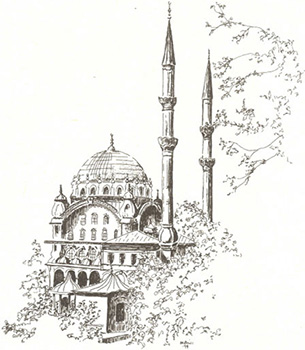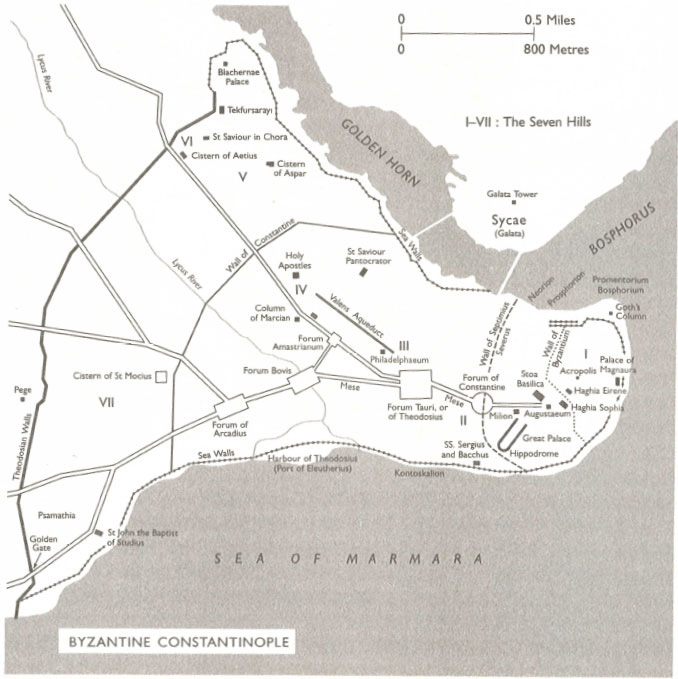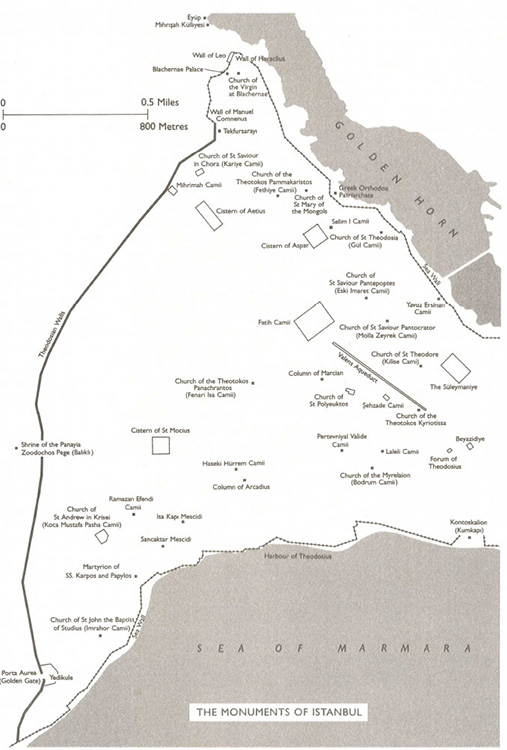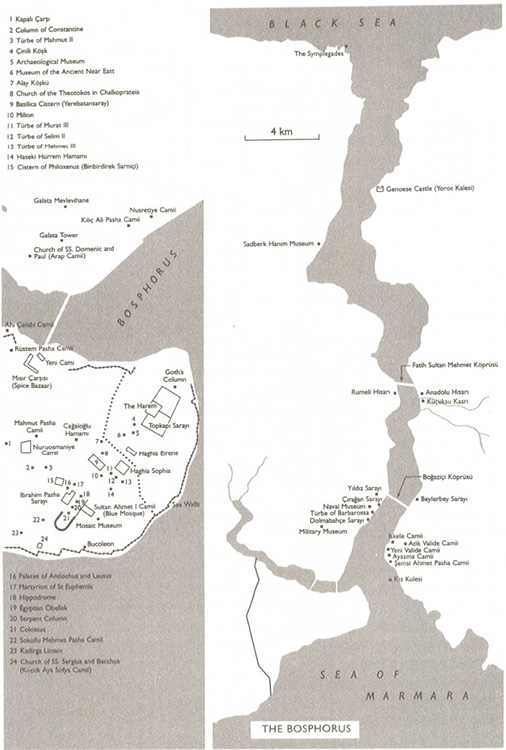Contents
THE BEGINNING
Let the conversation begin...
Follow the Penguin Twitter.com@penguinukbooks
Keep up-to-date with all our stories YouTube.com/penguinbooks
Pin Penguin Books to your Pinterest
Like Penguin Books on Facebook.com/penguinbooks
Find out more about the author and
discover more stories like this at Penguin.co.uk
PENGUIN BOOKS
ISTANBUL
John Freely was born in New York in 1926. He joined the US Navy at the age of seventeen and served with a commando unit in Burma and China during the last months of the Second World War. He received a Ph.D. in physics from New York University in 1960, and since then he has lived in New York, Boston, London, Athens, Istanbul and Venice. His first book was Strolling Through Istanbul (1971, with Hilary Sumner-Boyd). Since then he has written over twenty books, including Classical Turkey, Strolling Through Athens, Strolling Through Venice, Inside the Seraglio and The Lost Messiah.
John Freely
ISTANBUL
The Imperial City
Part I
BYZANTIUM
Part II
CONSTANTINOPLE
Part III
ISTANBUL
Part IV
NOTES ON MONUMENTS AND MUSEUMS
For Toots
Istanbul Memories
Colour Plates and Picture Acknowledgements
COLOUR PLATES
PICTURE ACKNOWLEDGEMENTS
Colour: nos. is Chester Beatty Library, Dublin.
Black and white: pages , Mustafa Erem alkolu.
The Notes on Monuments and Museums section on pages is illustrated by Arlene Brill.
The maps on pages are drawn by Nigel Andrews.
Preface
This is intended to be a well-illustrated introduction to the history of the imperial city that has been known successively as Byzantium, Constantinople and Istanbul, capital in turn of the Byzantine and Ottoman empires. The book is not a formal history of these two world empires, but rather a biography of the city itself and an account of the social life of its people from the earliest settlements up to the present day. It is also a guide to Istanbul's monuments, which are described in the context of the city's living history, particularly with regard to the role that they have played in its political, religious, intellectual, artistic and social life. The book will thus, I hope, be of practical use to all those who intend to visit Istanbul. Modern visitors can compare their impressions with those of earlier travellers quoted in the book, whose comments cover a span of more than 2,000 years, and all of whom, even when they complain of the difficulties and frustrations of living here, eventually reveal that they have fallen under the spell of this most ancient of the world's great cities.
I am grateful to those who have helped me in many ways during my research and writing of this book, particularly Ender Altu, librarian of Boazii Universitesi (University of the Bosphorus); Richard Dewey, librarian of Robert College; Dr Anthony Greenwood, director of the American Research Institute in Turkey; elik Glersoy, director of the Turkish Touring and Automobile Club; Dr Alpay Pasinli, director of the Istanbul Archaeological Museum; and the staff of the library at the German Archaeological Society in Istanbul; also Professor Behin Aksoy, Professor Ahmet akmak, Godfrey Goodwin, Professor Robert Osterhout, and Professor Lee Striker. I am grateful to Anthony E. Baker for his photographs, to Arlene Brill for her drawings of the city's monuments, to Tre zer for providing the Thomas Allom engravings, and to Eleo Gordon for invaluable advice in editing my manuscript.
I am also indebted to the late Professor Hilary Sumner-Boyd, my senior co-author in writing Strolling through Istanbul (Istanbul, 1972), which forms the basis for the section on Monuments and Museums in the present book. He found his last resting-place here and is now part of the city that he loved, his life forming part of its civic memory, so that as long as it endures he will not be forgotten.
Istanbul, 1996
Turkish Spelling and Pronunciation
Throughout this book, modern Turkish spelling has been used for Turkish proper names and for things that are specifically Turkish, with a few exceptions for Turkish words that have made their way into English. Modern Turkish is rigorously logical and phonetic, and the few letters that are pronounced differently from in English are indicated below. All letters have but a single sound, and none is totally silent. Turkish is very slightly accented, most often on the last syllable, but all syllables should be clearly and almost evenly accented.
Vowels are accentuated as in French or German; i.e. a as in father (the rarely used sounds rather like ay), e as in met, i as in machine, o as in oh, u

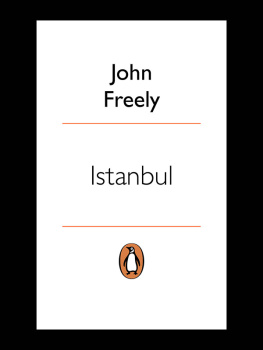

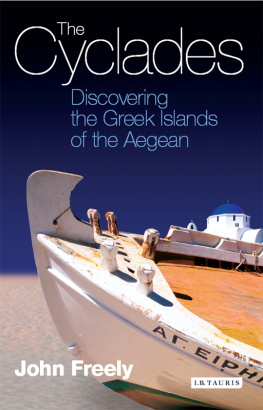
![Freely - Stamboul sketches: [encounters in old Istanbu]l](/uploads/posts/book/201354/thumbs/freely-stamboul-sketches-encounters-in-old.jpg)

